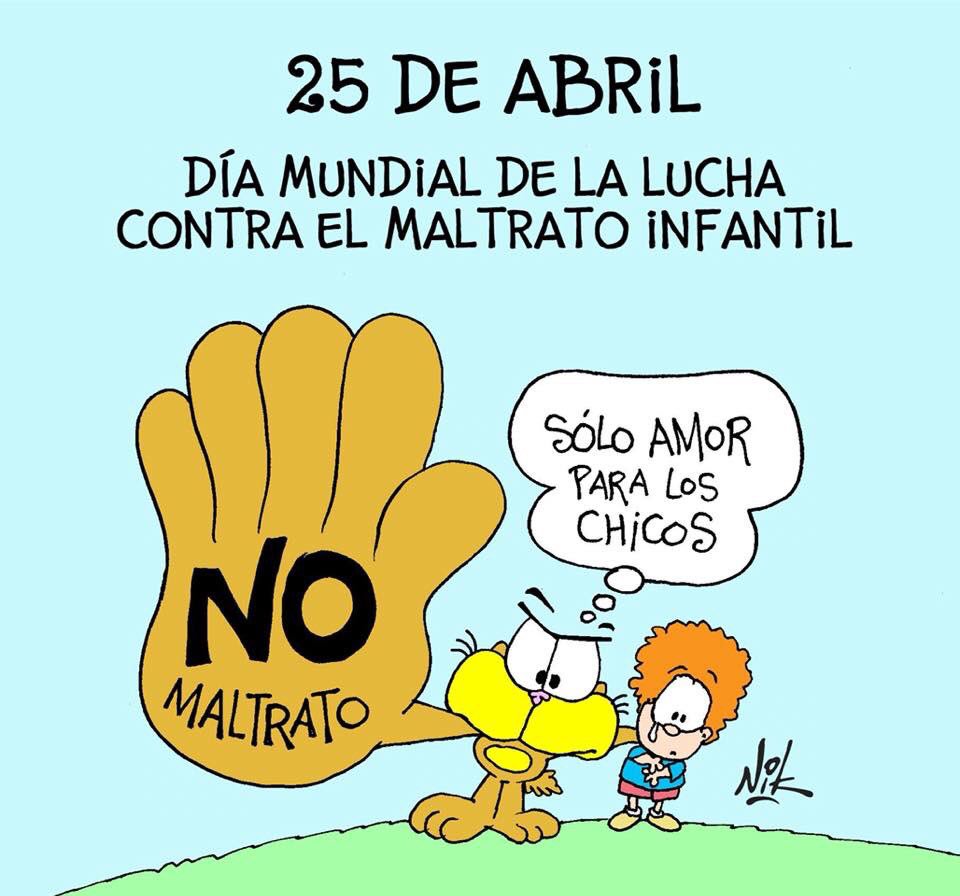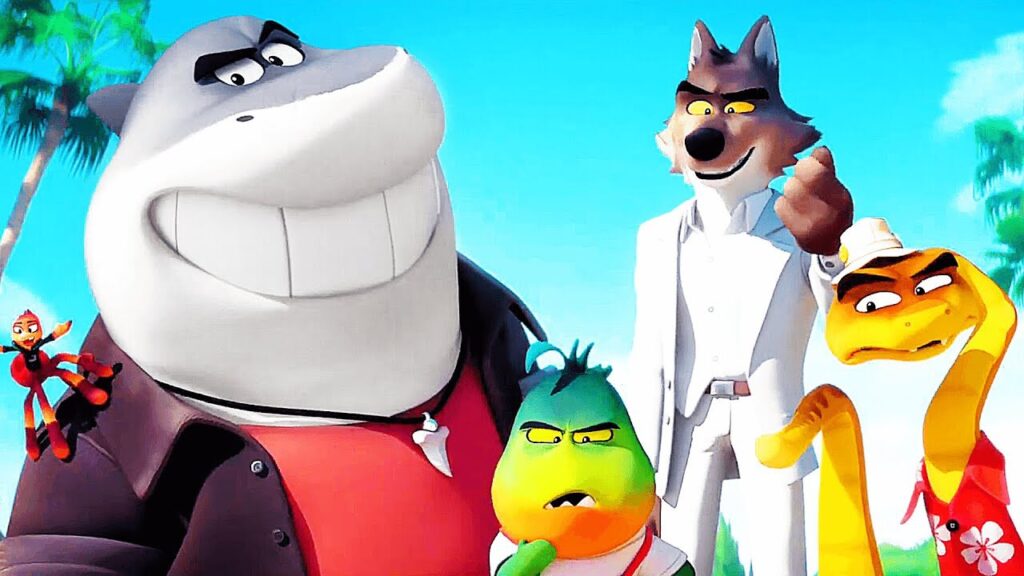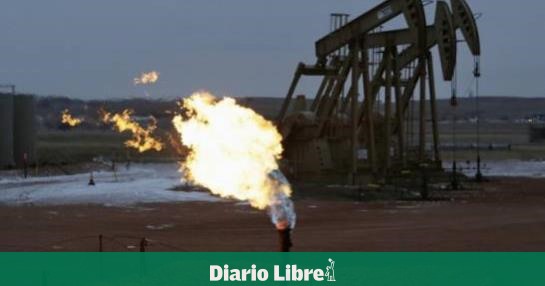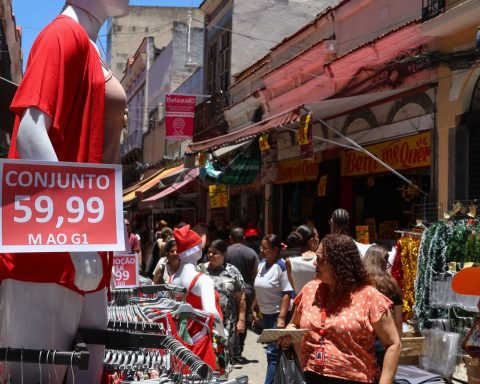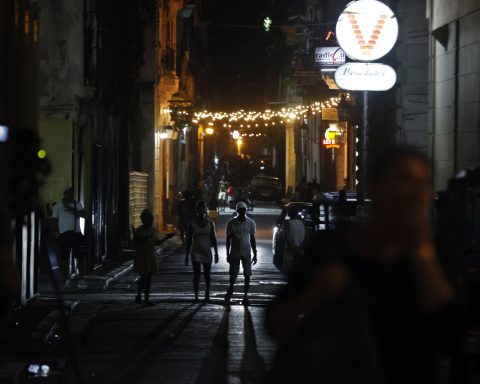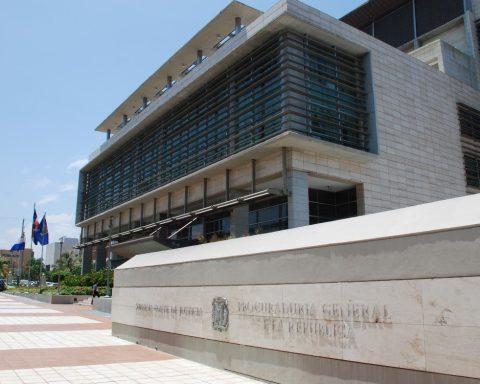Child abuse is a serious and worrying problem on the political agenda of most Western countries from the second half of the 20th century. There has always been child abuse, however, it was in 1946 that the term “child abuse” was coined to refer to physical abuse and neglect of child care within the home. Then psychological abuse and sexual abuse would be added to the concept. Abuse, in any of its forms, is a violation of rights.
The World Health Organization (WHO) defines child abuse as “the abuse and neglect of children under the age of 18, and includes all types of physical or psychological abuse, sexual abuse, neglect, neglect and commercial exploitation. or otherwise that cause or may cause harm to the health, development or dignity of the child, or endanger their survival, in the context of a relationship of responsibility, trust or power. Exposure to intimate partner violence is also sometimes included among forms of child abuse.
Child and adolescent sexual abuse is “the participation of a child or adolescent in sexual activity that they do not fully understand, to which they are not capable of giving informed consent, or for which the child or adolescent is not adequately prepared. according to their level of development and cannot give their consent, or that breaks the laws or taboos of society.”
A year ago, at the beginning of the pandemic and in the face of the restriction measures imposed to try to stop its progress, parents were already showing changes in their children’s behavior and mood, with the verification of emotions such as sadness, anger, irritability, anxiety and boredom, reporting an 18% increase in physical punishment and a 26% increase in yelling.
Teleworking, child care and school activities at home, job insecurity, loss of income, are factors of uncertainty and stress that adults have, have repercussions on their health in general, psycho-emotional in particular and that later reflect on the children and adolescents in their care.
In these circumstances, there is an imbalance between what are considered protective factors (such as educational communities or face-to-face medical consultations, in which educators, pediatricians, family doctors can detect, apart from what is seen in the family sphere, elements that lead one to think that the child or adolescent may be being violated) and the risk factors, now increased by the situation of less mobility and more time at home, to which not all families were able to adapt without major disorders.
Violence against children and adolescents not only negatively affects health in the short, medium and long term, but also implies the implicit learning that it is a valid form of conflict resolution.
Exposure to violence always, but even more so when it is chronic and the younger the children exposed to it, affects the structure of the brain, generates permanent deterioration of cognitive and emotional capacities and predisposes to risky and antisocial behaviors. It has an impact on lower school performance, lower abilities to establish healthy affective bonds, predisposes to risky sexual behaviors, the use of psychoactive substances and generates chronic mental health disorders.
In 2020, with the purpose of strengthening the responses provided by the health system in this area, more than 5,500 front-line professionals and technicians were trained, who are part of the “Reference Teams on Gender-based Violence and Generations ”, to deal with risk situations.
According to the data published by the Comprehensive System for the Protection of Children and Adolescents against Violence (SIPIAV) in 2020, 4,911 situations of violence against children or adolescents were detected and intervened, which makes an average of 13 situations per day. More than 50% were against girls, under 13 years of age, and 17% of the total were under 5 years of age.
Of the types of violence recorded, the highest percentage corresponded to emotional abuse (34%), followed by neglect (26%), sexual abuse and physical abuse (19% each) and finally sexual exploitation (2%).
One of the great problems that arises when dealing with this problem is the naturalization of violence by the victims as, on many occasions, the aggressors are part of their cohabitation nucleus or members of their direct family. The victims live this situation in silence and are not able to tell about it, so it is essential to listen to them calmly and carefully when they decide to talk about what they are experiencing.
